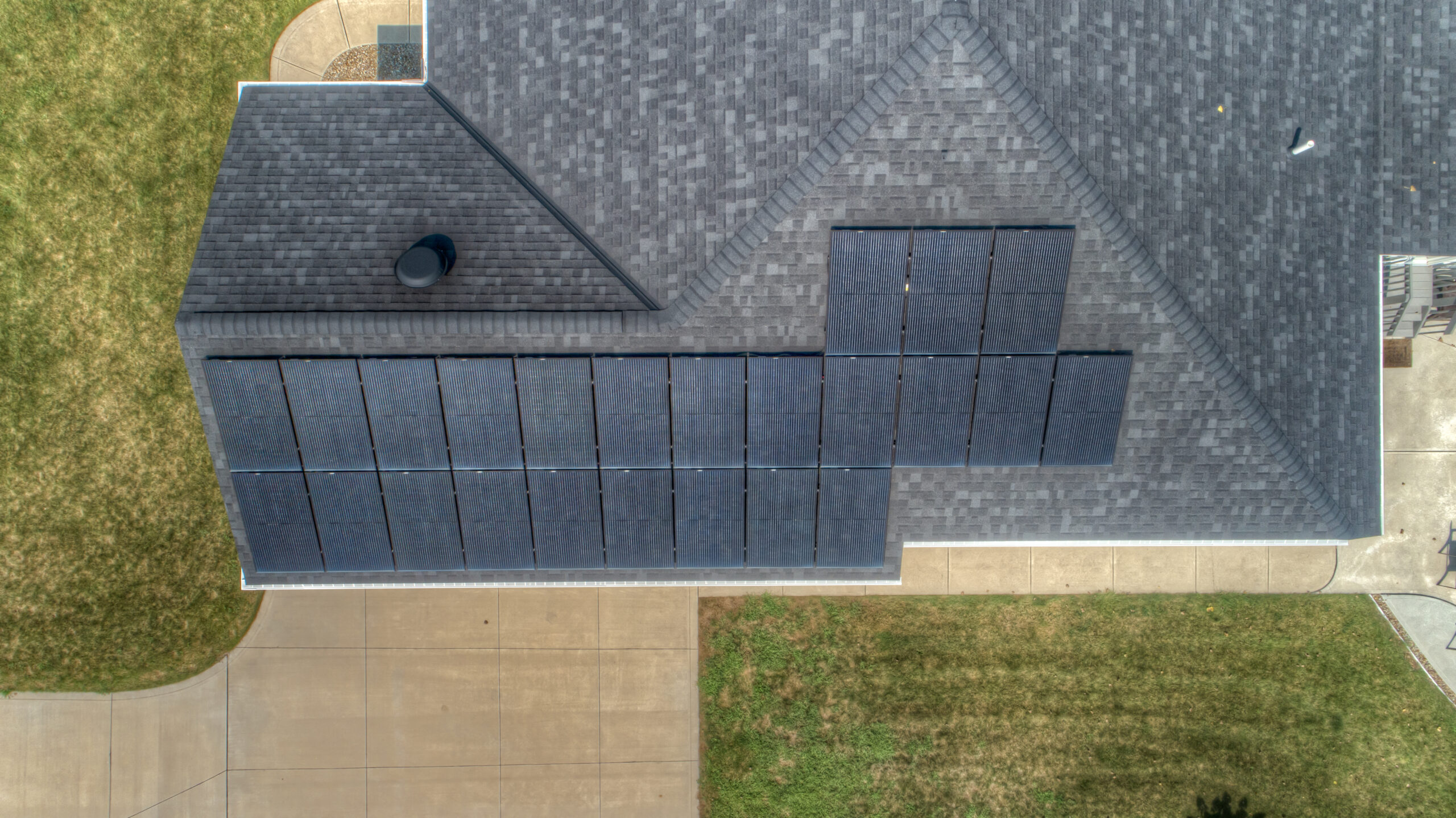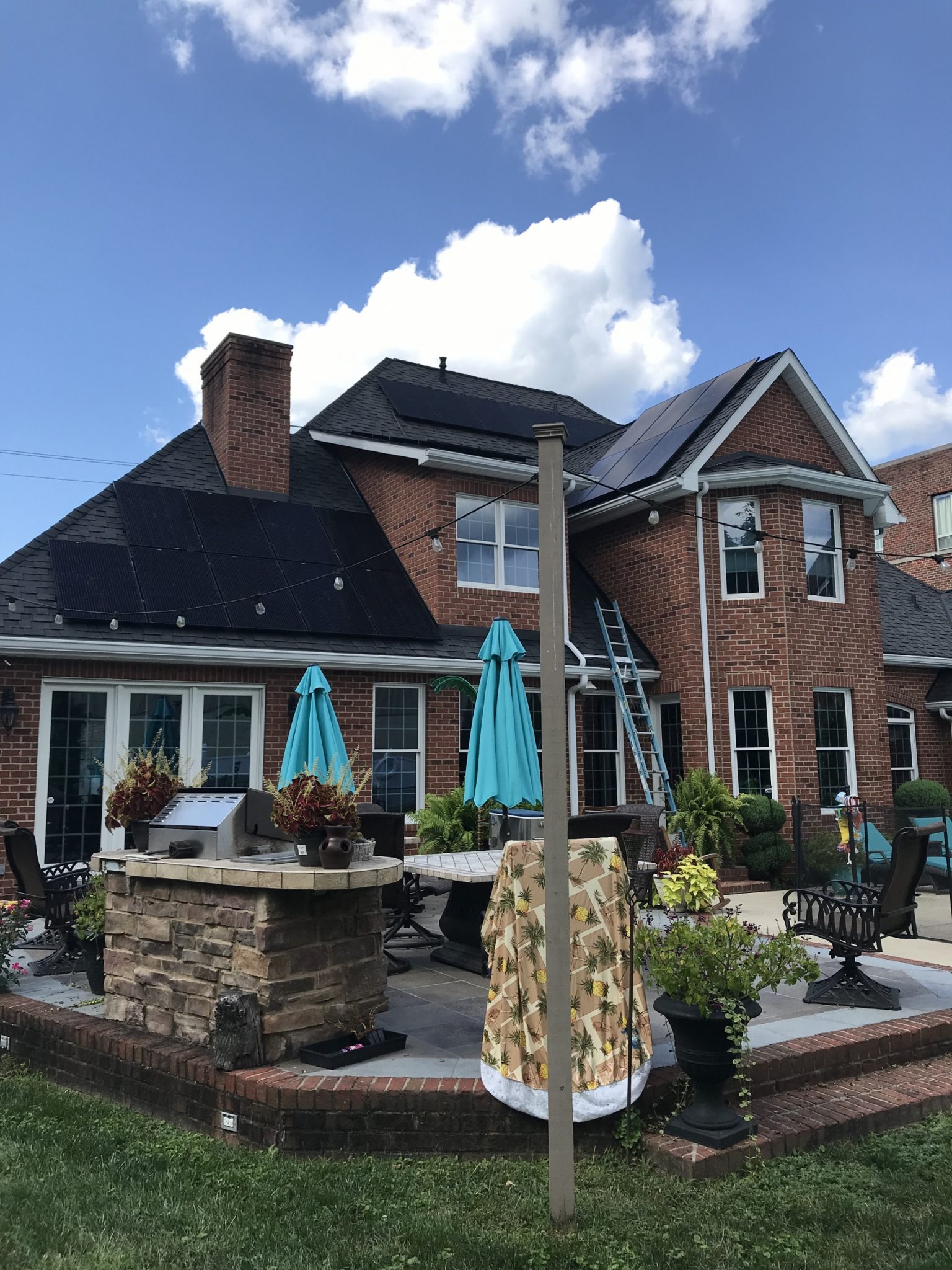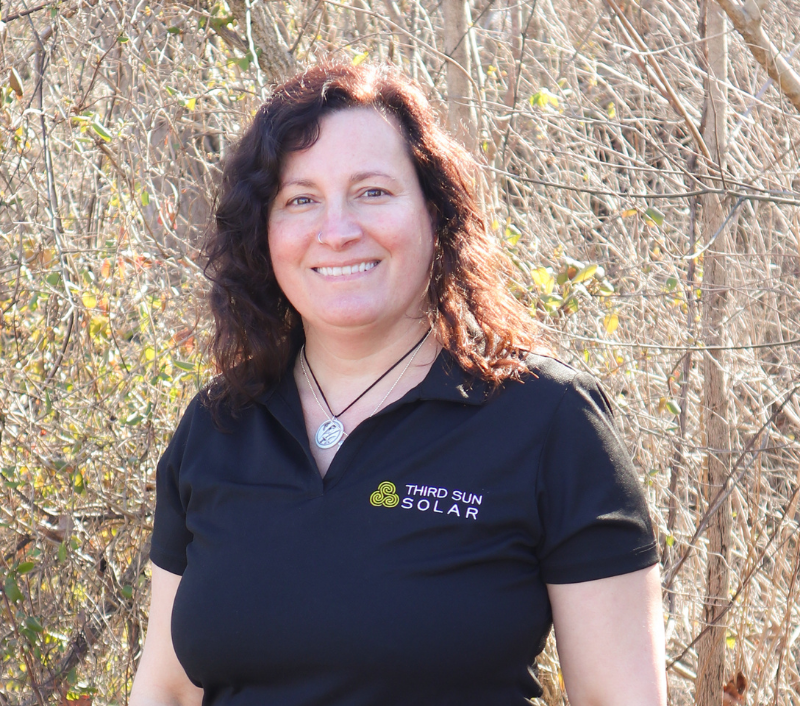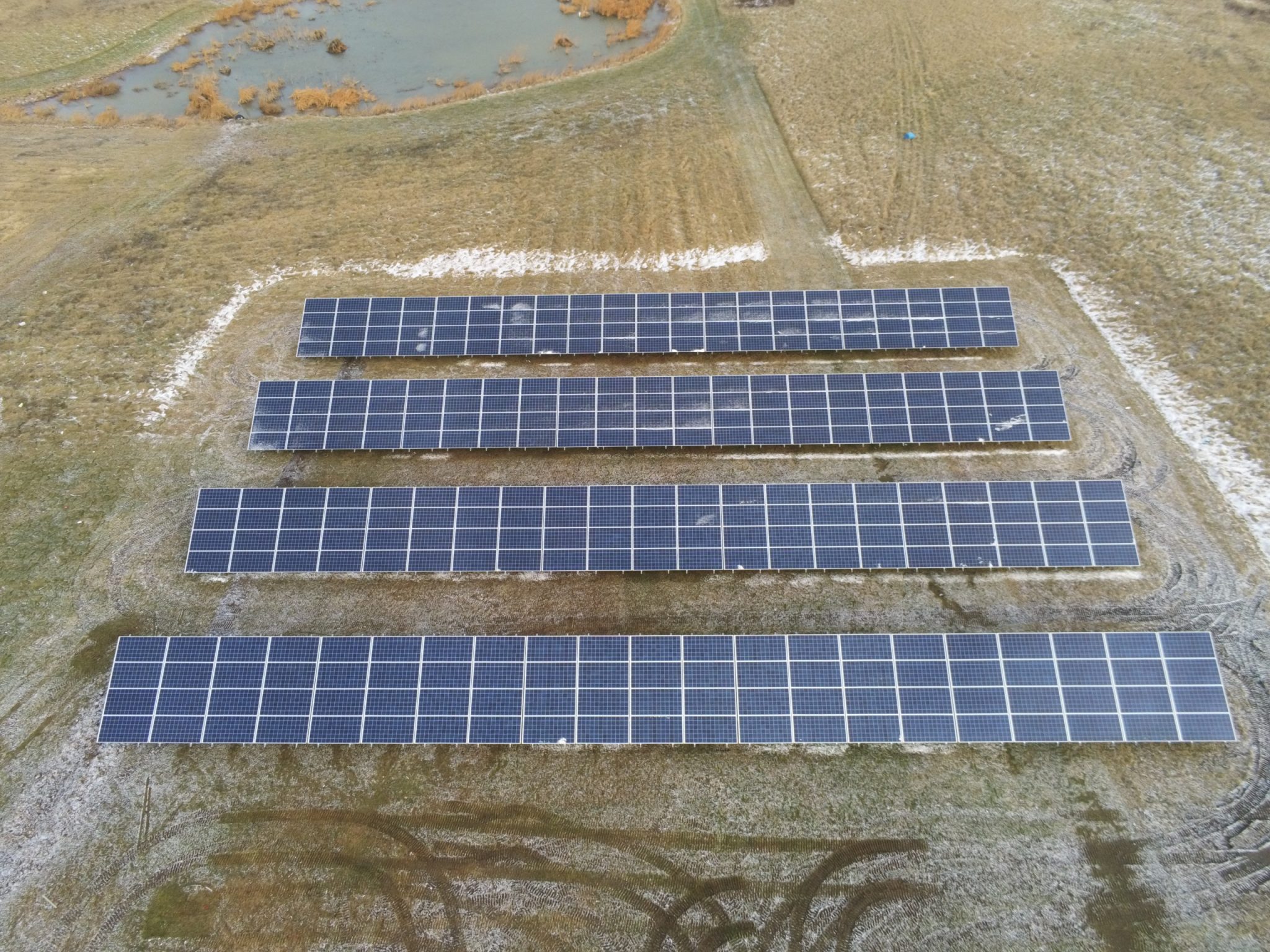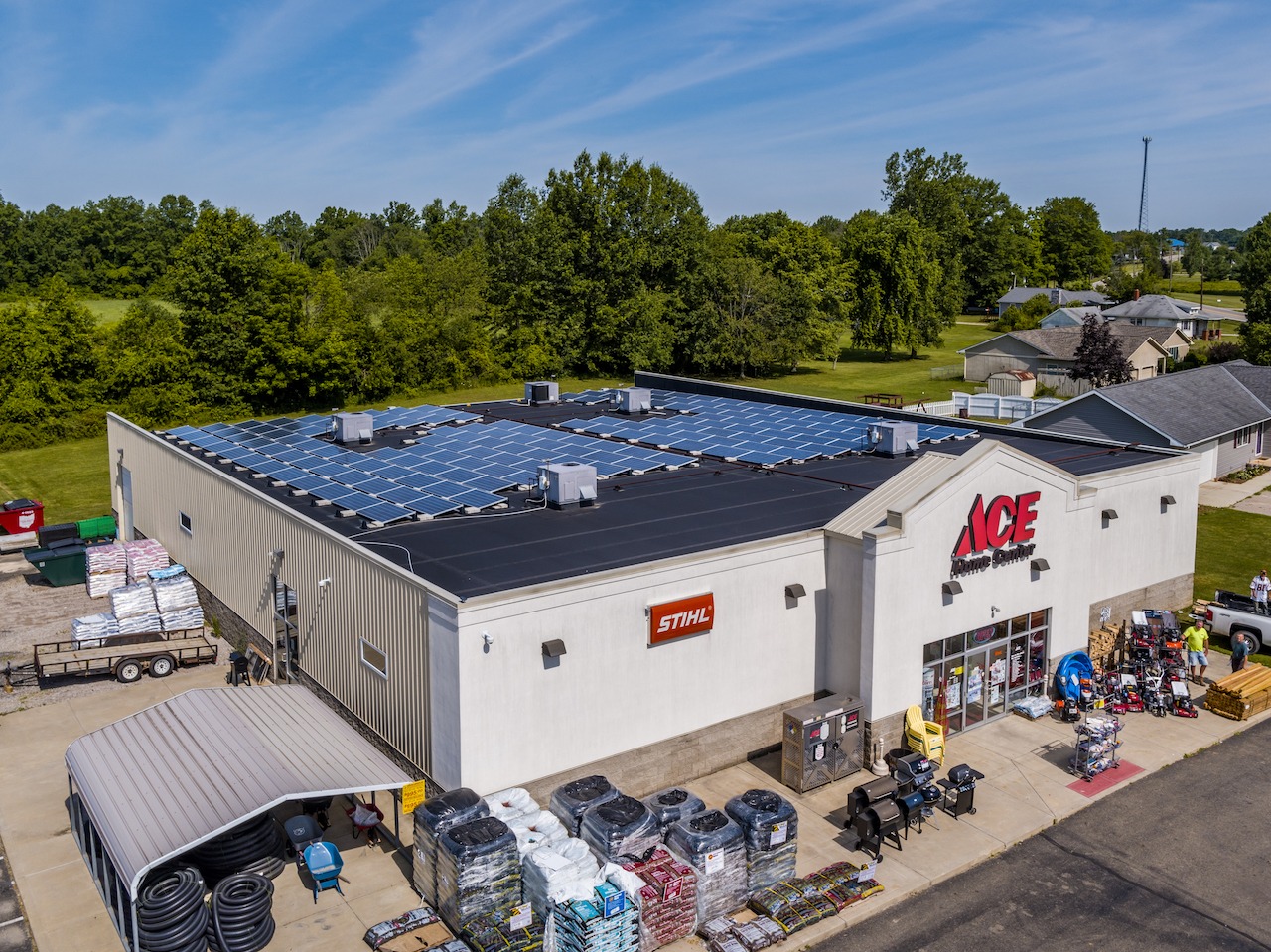Why do homeowners go solar?
Usually, our customers go solar for one (and sometimes two) of two reasons: to go green and to save money.
One of the first questions we hear from folks just starting their solar journey is: “Will solar really save me money?”
While the answer is yes, understanding how is essential.
This article will help you understand the financial calculations better to determine if solar makes sense for your home and family.
Solar Panel Cost – Is It Worth It?
Solar is unlike any other investment in your home. The home improvements you make – adding a deck, installing a hot tub, getting new gutters. They don’t have a guaranteed return on investment. But solar does.
Below are the key considerations you’ll want to start with when evaluating if solar is a good investment opportunity for you.
Key considerations:
- The cost of a solar energy system
- The amount you would otherwise pay for electricity over 30 years
- The amount that energy costs will escalate over 30 years
- How long will the system take to pay for itself
After figuring out these values, you’ll have a better idea of the investment, the return on investment (ROI), and the number of years it will take to see your ROI.
Zero Down Solar Loans
Solar companies in Ohio increasingly provide Zero Down Solar Loans. Just about any solar installer in Ohio who you talk to will have a financing option.
In recent years, zero-down loans have opened doors for homeowners who have wanted to go solar but haven’t had the upfront capital to make the investment.
All installers offer different loans, and it’s important to think critically about the loan you’re being offered.
Often people are interested in getting a loan for a solar system where the monthly loan payment is less than what they’re currently paying for electricity. In Ohio, solar is a long-term investment. It’s not a quick payback or for someone looking to save money on their monthly utility bills.
Also, a low monthly payment doesn’t automatically mean a better deal if you’re paying more for your solar system in the long run. For low-interest loans, sometimes the installer will pay a finance company for better loan rates but bake the finance fees into the cost of your solar system, inflating the price of the solar system itself.
Tax Credits
The main incentive for solar energy installation is the Solar Investment Tax Credit. If you owe federal taxes, this is a great incentive that allows you to take 30% of the cost of the system (including batteries!) against the federal taxes you owe.
If you don’t pay that much in taxes, you can take the tax credit over multiple years.
Factor the solar investment tax credit into your equation if you qualify to take it.
Read more about the Solar Investment Tax Credit here.
Home Value
According to a recent Zillow study, you increase your home’s value by 4% when you go solar.
For a median-value home in the US, this is a value of approximately $9,000, according to Zillow.
Why do homes with solar sell for more? Homes that come with a solar energy system can provide sizeable future energy cost savings for homebuyers. As energy prices go up and energy consumption increases in a home (say, with a growing family), buyers understand the value.
Additionally, homebuyers are increasingly energy conscious – for environmental and financial reasons alike.
How Much Will You Save?
This is a tricky calculation as it takes into account everything we’ve considered above and more…
The rate you’re paying for electricity now is different from the rate you’ll be paying for electricity 20 years down the line. In Ohio, we’ve historically seen an increase in electricity rates of 3% per year, but some years are different. In 2022 Ohio saw an increase of nearly 8%. Year over year, these increases add up, so energy rate escalation is important to consider when evaluating solar for your home.
Doing The Math
All homeowners who go solar will eventually see a benefit from their solar installation. What surprises some people is the amount of time it can take to get there. In Ohio, solar is a long-term investment. It’s not a good fit for someone looking to save money immediately on their monthly utility bills.
If you can wait to see your system pay back, your rewards will be reaped in owning your own power generator at your home and making your own power as the homes around you continue to rent their power from the utility company.
You can either do the math for yourself or work with our solar professionals to better understand the numbers.
Our Solar Consultants have been working for years to help homeowners make sense of these equations.
Unlike some other companies out there in the marketplace, we take a consultative approach. We work with you to understand your goals and your budget and determine the best solar solution to fit your needs. Sometimes installing solar makes sense for homeowners, and sometimes, it does not. We will take the time to tell you if solar doesn’t make sense for you.
Visit our FAQ page for answers to more common questions about solar installation.
If you’re interested in getting a free consultation, fill out the form below to get started down the road toward a long-term investment in your home.


